
Culture
18:52, 16-Oct-2017
The man and the seed: 80-year-old spent 6 decades in soybean study
CGTN
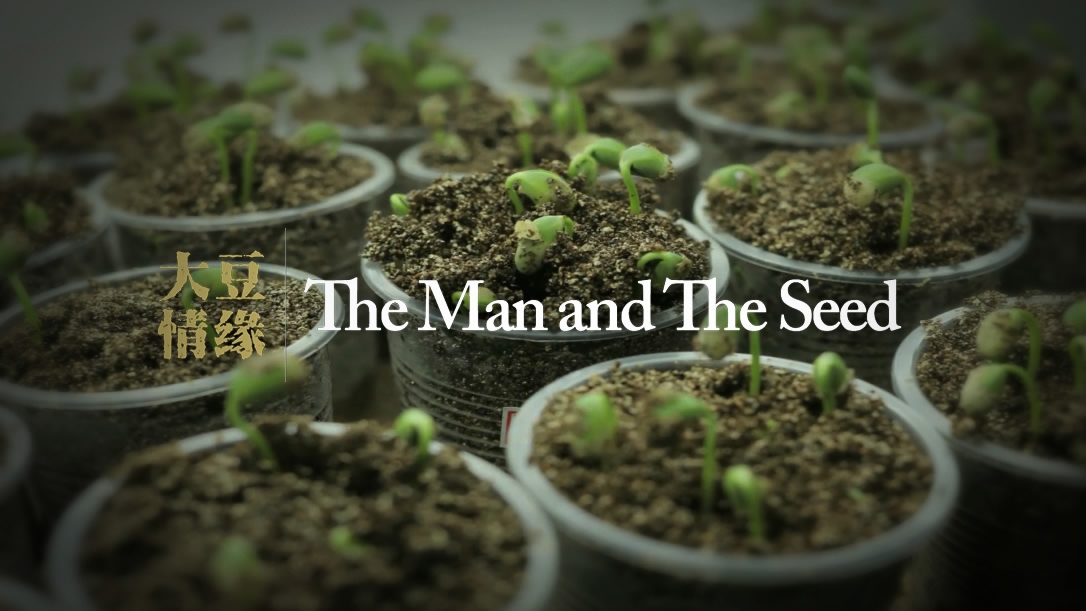

CGTN
CGTN
"Soybeans provide a major part of plant protein to human body," 81-year-old Gai Junyi said. “As an old saying goes: 'Vegetables and tofu, a healthy life for you.'" Through all these years, soybean milk is never absent from his breakfast.
Gai has dedicated 60 years of his life to soybeans study in China.

Tofu, also known as bean curd, is one of the main food popular among the Chinese. /CGTN Photo
Tofu, also known as bean curd, is one of the main food popular among the Chinese. /CGTN Photo

Gai Junyi is drinking a bowl of soya milk. /CGTN Photo
Gai Junyi is drinking a bowl of soya milk. /CGTN Photo
China is home to varieties of soybeans. The plant has been cultivated here for about 5,000 years and has for long been an indispensable food on the table of Chinese people. China was the world’s largest producer of soybeans until the 1940s when the United States consistently gained momentum to take the place. In 2011, the soybean output of China dropped to the 4th place around the globe, accounting for only 5.55% of the world's total. Once a net exporter of soybeans, China now heavily relies on import to meet a domestic need for the plant.
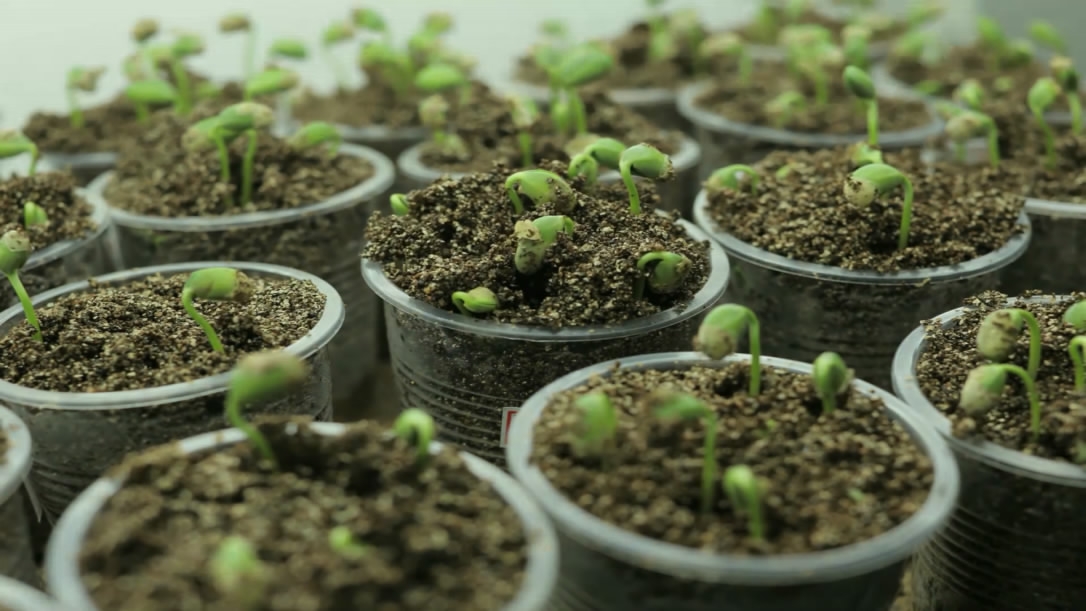
CGTN Photo
CGTN Photo
Gai Junyi started his research on the genetic breeding of soybeans since graduating from Nanjing Agricultural University in 1957. In 1980, he got to know by chance that the United States largely increased the production of its soybeans by studying imported Chinese varieties when he was visiting the country. "The student has become the master! We don't even treasure our own legacy." After returning from the US, Gai Junyi began to collect domestic specimens in a bid to boost the country’s soybean production.
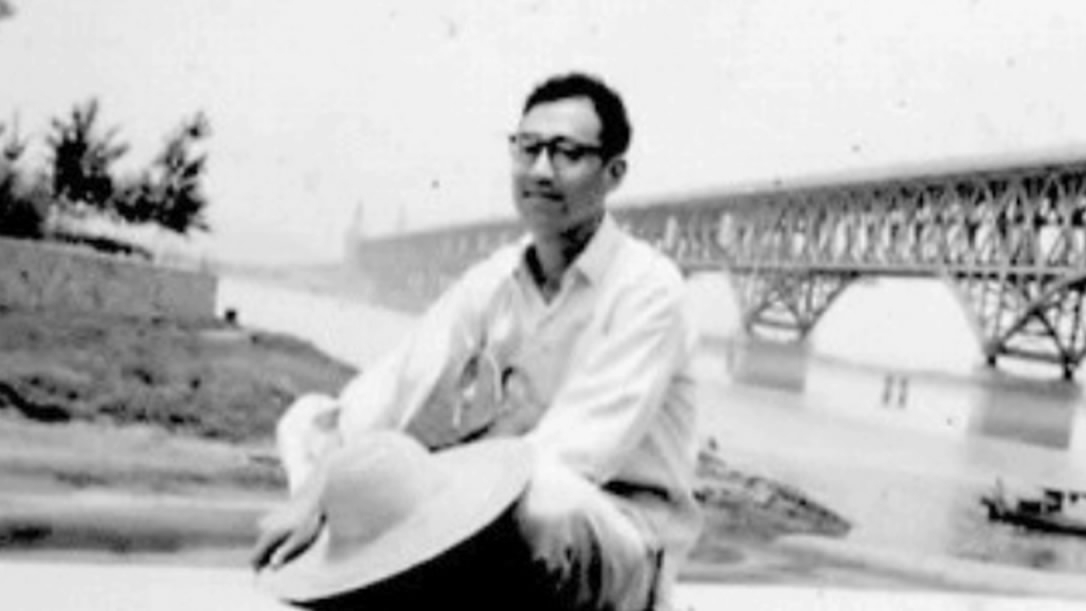
The photo was taken when Gai Junyi was young. /Provided by Gai Junyi
The photo was taken when Gai Junyi was young. /Provided by Gai Junyi
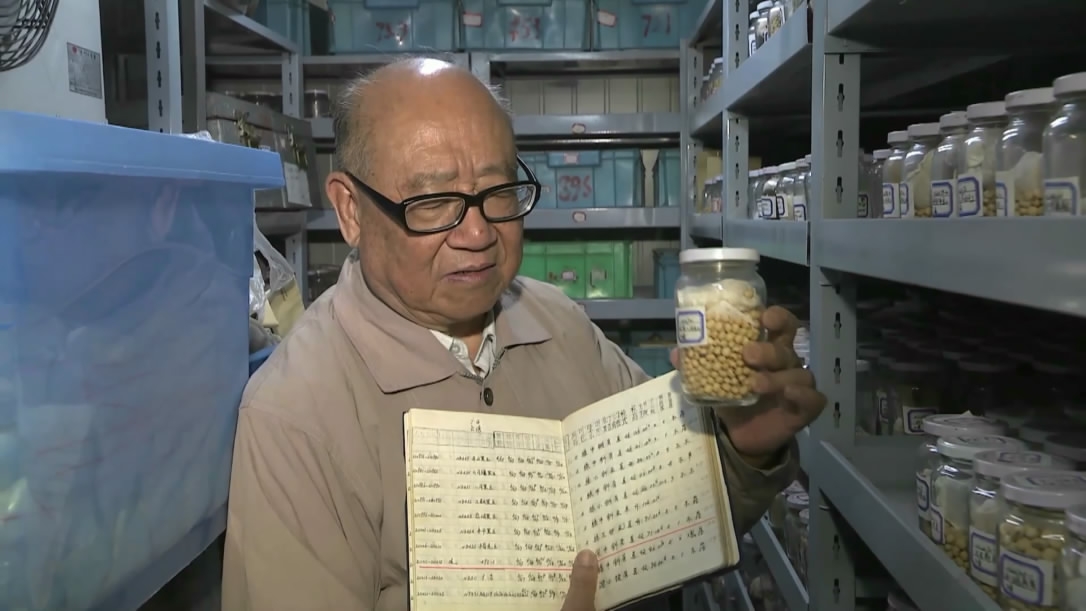
CGTN Photo
CGTN Photo
For over two decades, Gai Junyi and his team went into miscellaneous fields in even the most remote areas across the country just to collect seeds from the farmers. "None of the seeds in any two households are the same," he said. These jars of seeds constitute the world's third largest soybean germplasm repository. And now the repository has been enriched to 18,000 kinds of soybean seeds.
"We rely on these seeds to improve the soybean varieties in the future," Gai noted.
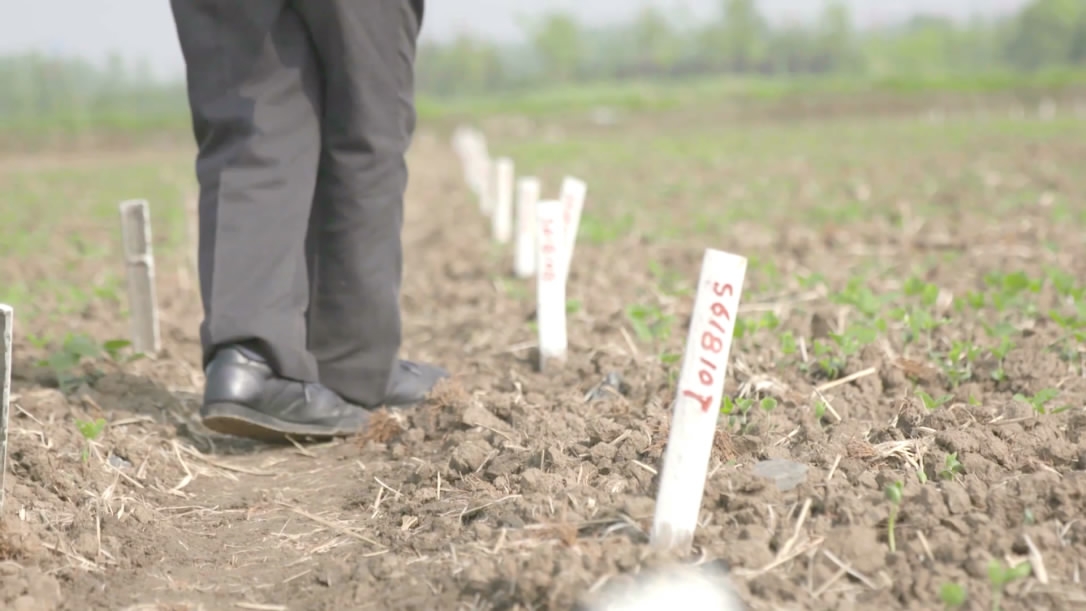
CGTN Photo
CGTN Photo
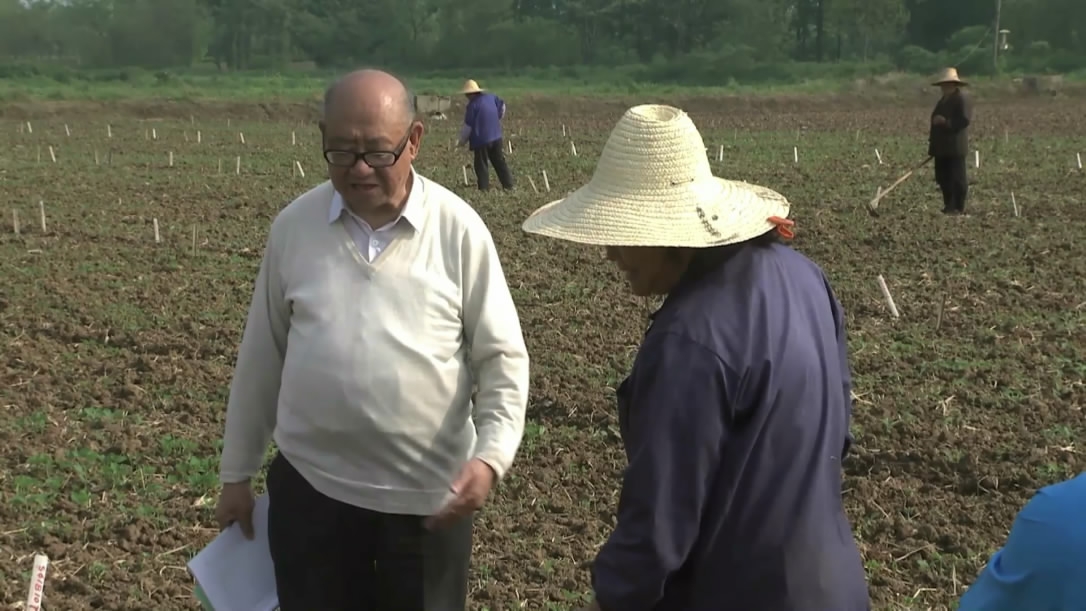
CGTN Photo
CGTN Photo
Seed collection is already no easy job, and they even had to suspend the process from time to time due to a lack of funding. Even though the seeds were collected, it entails great patience to cultivate them into better varieties. Many of Gai Junyi's students, despite years of hard training, left the industry for the indecent financial payback. However, Gai Junyi has remained in his post and spared no efforts in looking after the precious seeds.
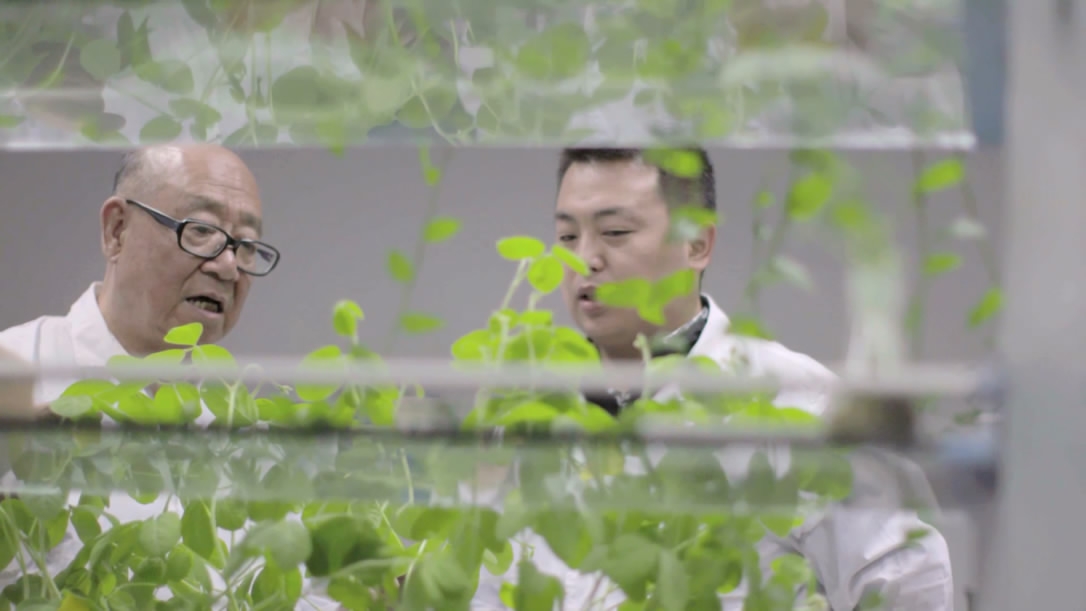
CGTN Photo
CGTN Photo
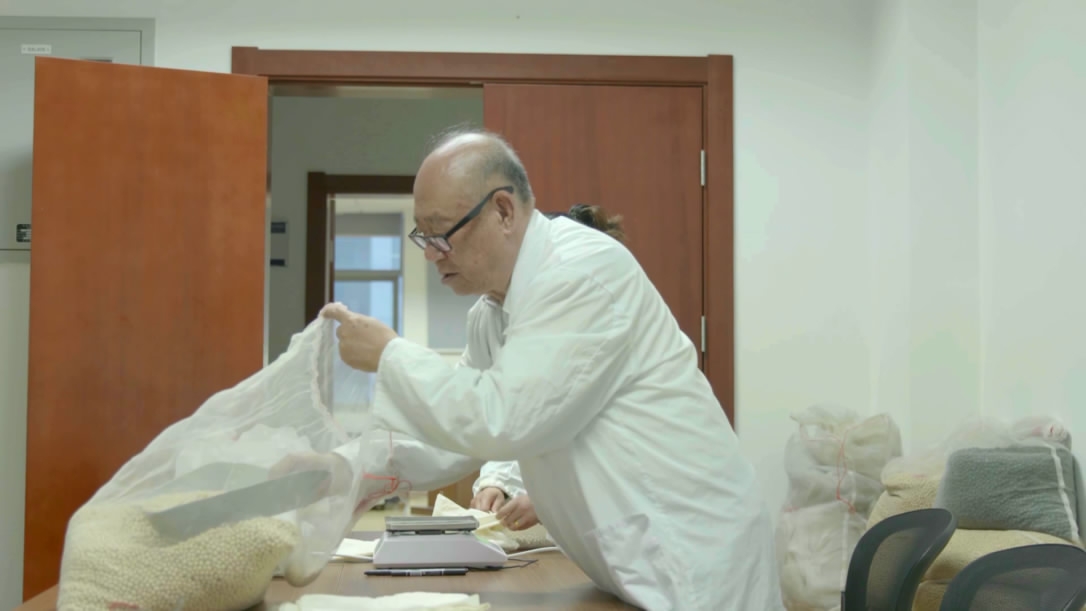
CGTN Photo
CGTN Photo
The hard work of Gai Junyi and his team has been eventually paid off. Thanks to them, China's soybean yield doubled over the years. The old man says: "I know my persistence means something when I see self-produced tofu and soybean milk on Chinese people's table."
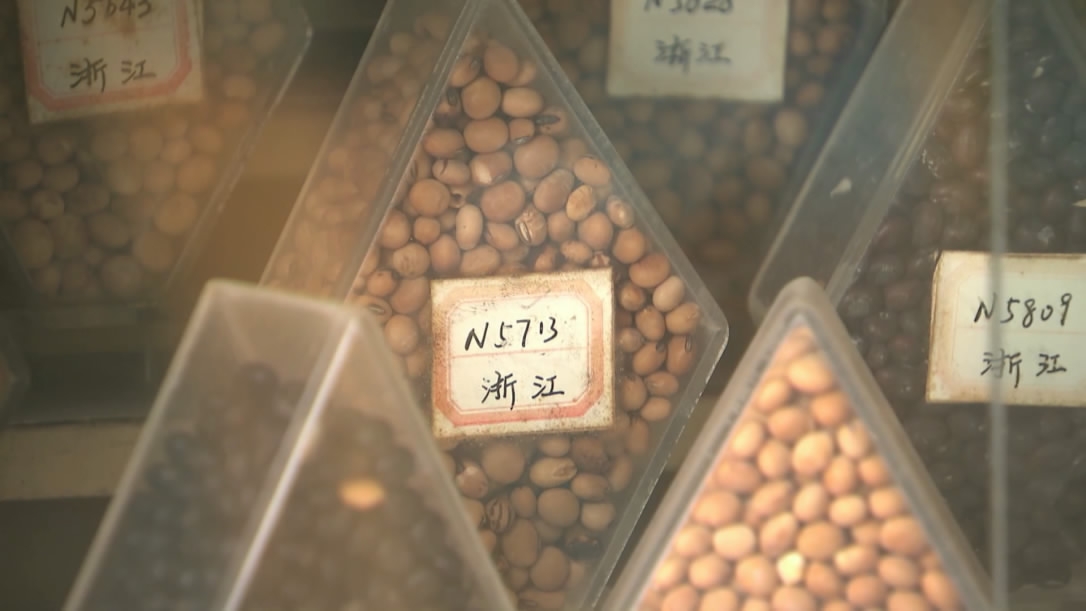
CGTN Photo
CGTN Photo
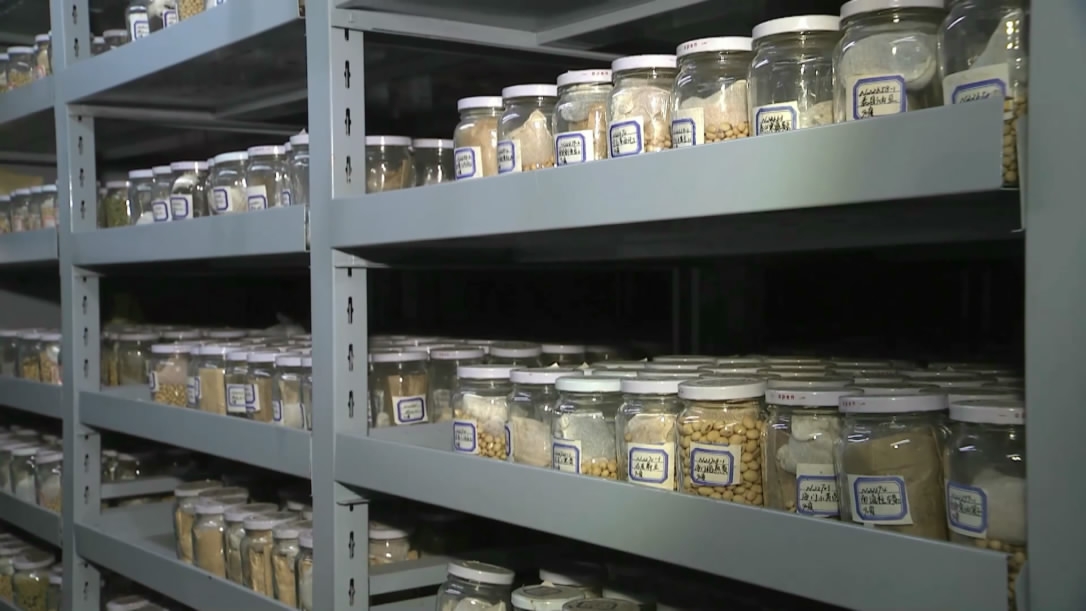
CGTN Photo
CGTN Photo
In addition to the new and high-quality soybean varieties, Gai Junyi has also cultivated many preeminent students. For him, teaching is like cultivating plants: "They have to go through the most difficult times before success.”
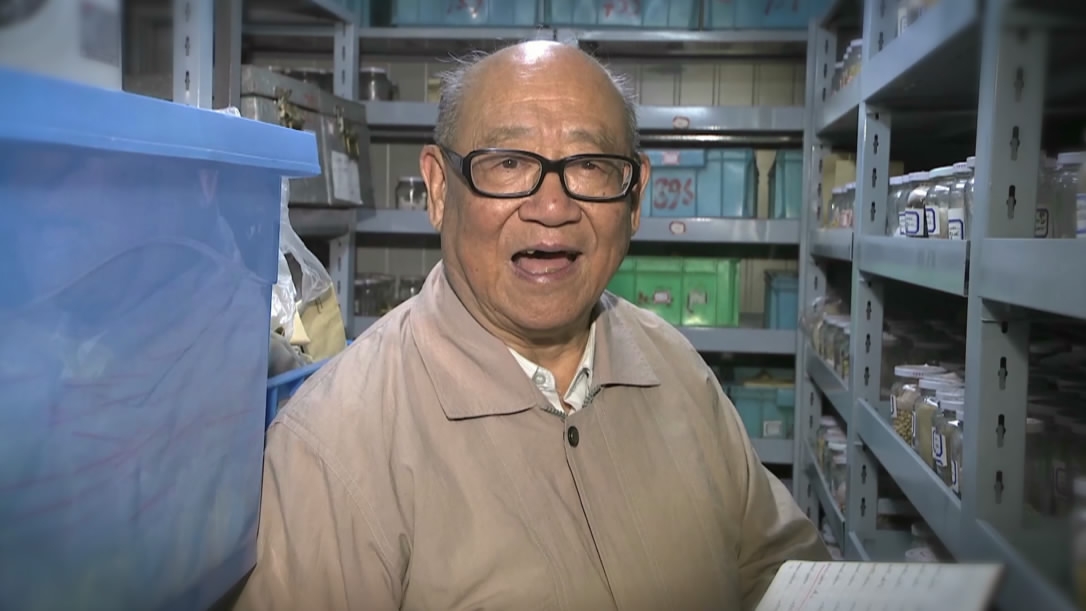
CGTN Photo
CGTN Photo
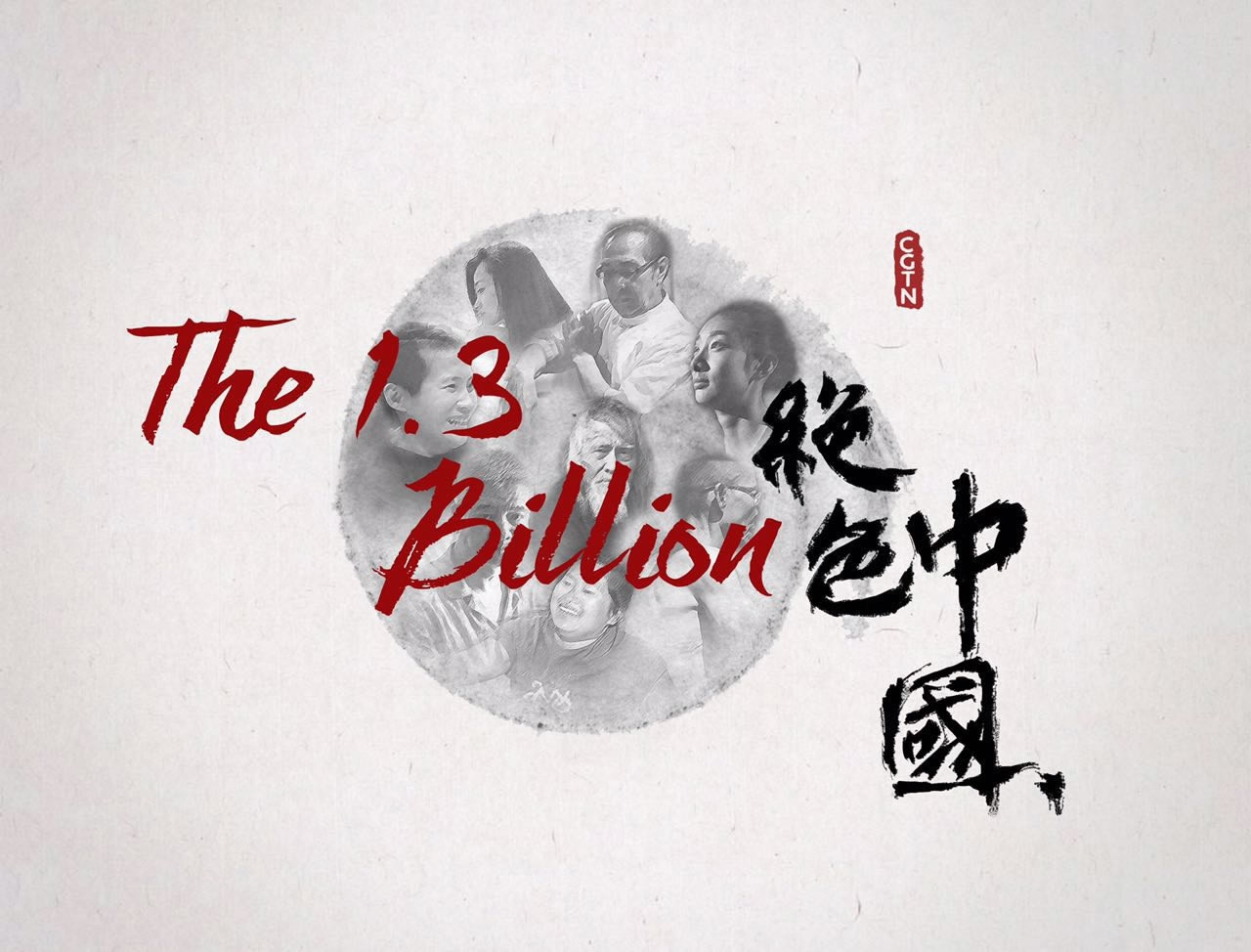
The story is one in "The 1.3 Billion" series exploring the diverse lives that make up China.
The story is one in "The 1.3 Billion" series exploring the diverse lives that make up China.

SITEMAP
Copyright © 2018 CGTN. Beijing ICP prepared NO.16065310-3
Copyright © 2018 CGTN. Beijing ICP prepared NO.16065310-3